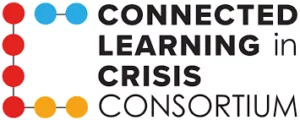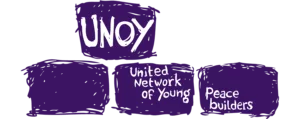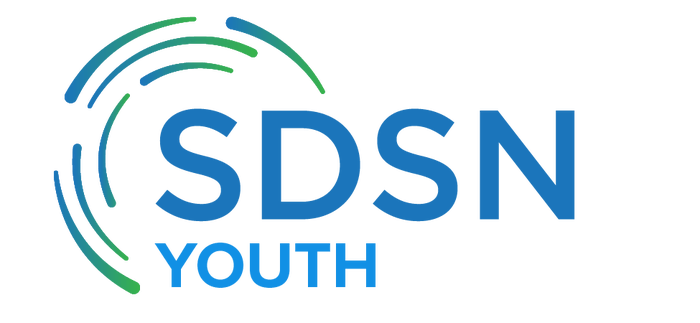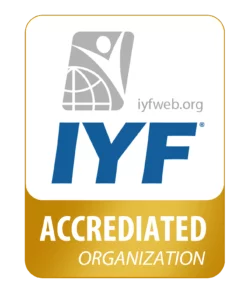Digital hate speech
Now more than ever, and even in the most revered states of the right to expression, controversy is present about the restrictions that must be put in place to avoid the harm of hate speech to society, especially after the extreme right came to power in Europe and the United States. The world is also rocked by a worrying wave of xenophobia, racism, and intolerance, including increased anti-Semitism, Muslim hatred and persecution of Christians. Social media and other forms of communication have come to exploit all platforms to spread intolerance and hatred. As for public discourse, it is used as a weapon to achieve political ends in the form of speeches that fuel feelings and stigmatize minorities, migrants, refugees, and women and strip them of their humanity.
Hate speech includes a complex structure of freedom of expression, the rights of individuals, groups, and minorities, and the principles of dignity, freedom, and equality. As for its definition, it often remains controversial. According to national and international legislation, hate speech refers to phrases that support incitement to harm (especially discrimination, aggression, or violence) depending on the goal that was targeted in a social or demographic group. It may include, but is not limited to, speech that supports, threatens, or encourages violent actions But for some, this concept extends to expressions that pave the way for abuse and intolerance, assuming that this could ignite the desired discriminatory, aggressive and violent attacks.
According to the usual limitations, the definitions given to hate speech tend to be broad, as they may sometimes extend to include words that offend persons in power or are counter to prominent individuals at crucial times such as the election period. Whereas, the concept of hate speech is subject to manipulation: in accusations of provoking and igniting hate that can be exploited among political opponents or used by those with authority to curb defections and criticism.
What I mean by hate speech is that any kind of communication, verbal, written or behavioral, that attacks or uses derogatory or discriminatory language by referring to a person or group on the basis of identity, in other words, on the basis of religion, ethnicity, nationality, or race Color, origin, gender, or any other identifying factor. This discourse is often rooted in feelings of intolerance and hatred that fuel it at the same time, and in some contexts, it can involve humiliation and lead to divisions.
Hate speech is a threat to democratic values, social stability, and peace. Confronting hate speech is the responsibility of governments, international and local institutions and organizations, and this speech must be faced at every turn. Silence about it can suggest indifference to the manifestations of intolerance and intolerance, even when the situation worsens and the vulnerable become victims.
The Internet has become a tool of hate speech
What is happening in the region surrounding us shows that there is an urgent need to distinguish the dividing line between freedom of expression and not to engage in hate speech on the Internet in any way, as it is difficult to contain it if it occurs due to its nature and ease of spreading it.
The racist and aggressive comments that we see clearly on the sites of social communication today push us to emphasize the need to address hate speech on the Internet and to promote human rights to expand pluralism and social inclusion in the various areas of life and that encourage or through any form that prevents from or through any form that prevents Or justify hatred on the basis of intolerance.
The Internet is a free platform for spreading democracy and at the same time it can be a fertile place for groups that use it to advance their cause by spreading hate speech. And the inappropriate organization of hate speech via the Internet may lead to the suppression of the right to freedom of expression, and it is important to find a balance to avoid censorship on the Internet by encouraging free and open exchange of ideas via the Internet in addition to preventing hate speech directly on the Internet.
Each social media platform has its own laws of whether or not content is appropriate for posting (or what is categorized by hate speech online); however, we still see sometimes racist and aggressive comments that are spread quickly and intensively. And it has become necessary in democratic societies to prevent any form of expression that works on the basis of incitement, encouragement and justification of hatred on the basis of intolerance.
The need to use accountability to address hate speech on the Internet and advance human rights has begun to emerge to expand pluralism and social inclusion in various areas of life. Because many terms and words are circulated through means of social communication in order to create intellectual tensions and ideas that incite sectarian and racial strife, and we remember that most of the Arab Spring revolutions took an electronic path through social media, through opponents who are against those who are not the opponents or through the opposition. With it and the use of inflammatory terms and words that motivate Arab youth and the Arab citizen to ignite and upset the revolutions.
The spread of hate speech on the Internet as noted by the Special Rapporteur of the United Nations Human Rights Council HRC, 2015 poses a new set of challenges. The social networking platforms and organizations that were created to fight hate speech have noted that hate messages on the Internet are becoming more and more widespread and calling for unprecedented attention in order to develop appropriate responses. The majority of hate speech cases target individuals based on their ethnicity and nationalities. But the encouragement of hatred based on religion and the social class is also increasing.
One of the most worrying trends in this context is the growing presence of hate speech on social media platforms, especially during crises or other politically or socially tense situations.
In digital hate speech, intolerance typically fuels the generation and spreading of hate-filled narratives which are then amplified through online channels. This messaging reverberates through analogue and digital communication systems alike, and has the special knack of heightening group tensions and triggering violence against members of other groups. The rise in attacks on immigrants and other minorities has raised fresh concerns about the links between inflammatory speech online and violent acts. Incidents can cause or contribute to emotional, psychological, social, material and even physical harm to people. They have been reported on nearly every continent.
The use of digital tools to distort facts and spread incendiary rhetoric is having a strong impact on crises and conflicts, heightening social vulnerabilities in novel and unpredictable ways. Even before the digital transformation, communications technology (e.g. print, radio and television) was a well-established driver of violence. Recent history provides some horrific examples of how propaganda and hate speech have been leveraged to deadly effect, the Rwandan and Nazi genocides being the two most notorious examples. In the digital domain, however, they can develop even more quickly, beyond the reach of those who have traditionally lessened the potential harm of information-borne threats.
The same technology that allows social media to galvanize pro-democracy activists can be used by hate groups seeking to organize and recruit. It also allows fringe sites, including those that fuel conspiracy theories and encourage discrimination, to reach audiences far wider than their core readership.
Given the rapid development of digital information technology and its evolving potential for exacerbating and accelerating conflict dynamics, violence and harm, this is an important area of concern.
Confronting hate speech is also a critical condition for consolidating progress on global development, building peace, preventing armed conflict, brutal crimes and terrorism, and preventing gross violations of human rights. Addressing hate speech does not mean restricting or banning freedom of expression. Rather, it means taking the necessary measures to prevent hate speech from worsening and turning into something more dangerous than that, especially incitement to discrimination, aggression, and violence, which is prohibited under international law. Whereas, international law prohibits incitement to discrimination or hostility and violence. Incitement is a very dangerous form of rhetoric because it aims explicitly and intentionally to stimulate discrimination, hostility, or violence. This may entail or include acts of terrorism or atrocity crimes.
Addressing hate speech requires a coordinated response that addresses the root issues and drivers of this discourse. Among the most important of these issues is the protection of human rights, the prevention of atrocity crimes, the prevention and combating of terrorism, and what can be seen from the spread of violent extremism, preventing and combating gender-based violence, and strengthening protection Civilians, protecting refugees, combating all forms of racism and intolerance, protecting minorities, maintaining peace and involving women, children, and youth.
By: Ehab Badwi
Opinion articles which are published in the Syrian Youth Assembly do not express the viewpoint of this foundation. They only express the viewpoints of the writers.
The Syrian Youth Assembly is a project from the Young Global Citizens Assembly e.V., and registered under § 52 (2) sentence 1 no. 7 AO as a nonprofit charitable organization in Germany / Amtsgericht Charlottenburg Berlin HRB VR 37194 B. (Tax ID: 27/677/68522 F134).
Geschäftsführer/Managing Directors: Ehab Badwi , Ahmad Mobaiyed
MACHWERK c/o Young Global Citizens Assembly e.V. – Am Krögel 2, 10179 Berlin, Germany
For any questions on the content of the website, please contact us. View our privacy policy. For any questions regarding access to or deletion of your data, please email us at info@Syrian-youth.org
The Assembly is an organization accredited by the International Youth Federation / Accreditation Number: 1200, and member of the United Network of Young Peacebuilders based in The Hague Netherlands UNOY, and member of the United Nations Major Group for Children and Youth UNMGCY, and member of the Connected Learning in Crisis Consortium.





Impressum | Privacy Policy | Transparency | Cookies Policy | Site-Map
© Copyright 2024 – Syrian Youth Assembly
